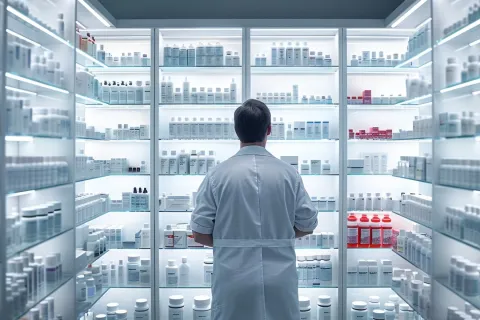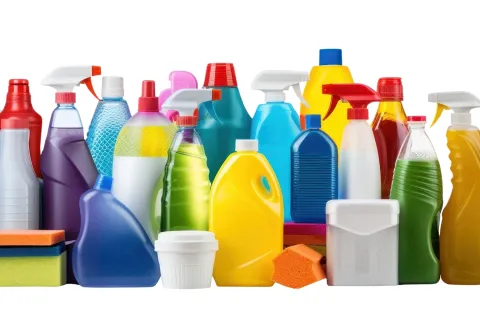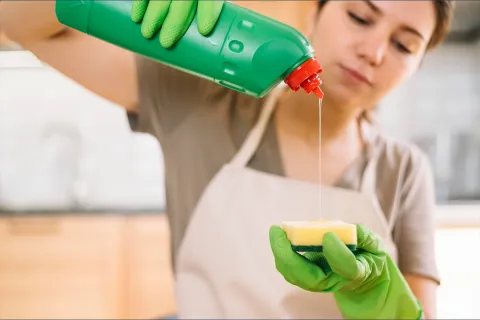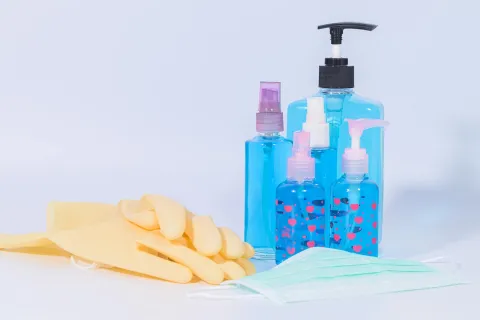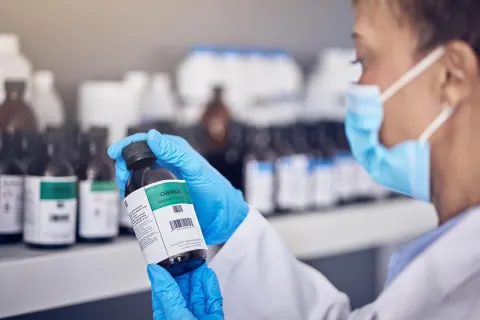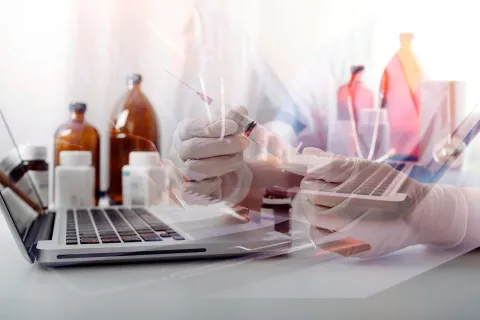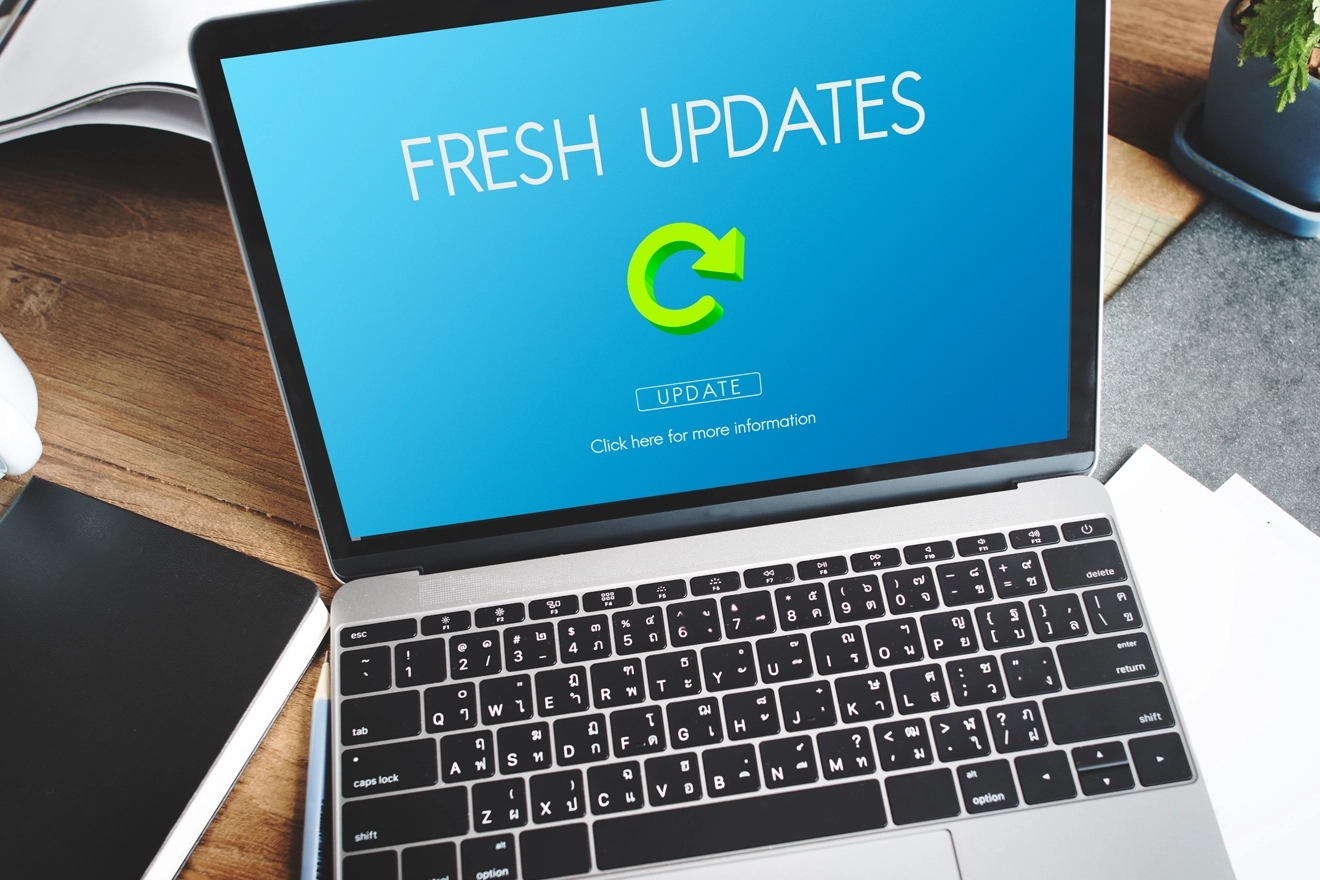
Biologicals are booming as therapy and have significantly become an established treatment option to provide ailment to niche disease segments which seemed impossible earlier. COVID-19 pandemic has made researchers keen to develop biosimilar and interchangeable products for the patient population at an affordable price. The procedure to attain a biosimilar and interchangeable status is rigorously structured by the FDA to ensure that the quality of the preparation remains significantly unchanged.
The nature of biological preparations has a high probability to undergo variation in case of slight changes in manufacturing procedures and affect the characterization of the product, which is acceptable in-product variation. Such challenges are rarely imposed by small molecules. Hence, the ‘interchangeability’ designation allows manufacturers to develop drug preparations ‘Highly similar’ to the biological which can be used as a substitute against them. Biologicals tend to increase the cost of treatment and may not be an affordable treatment procedure. A manufacturer that aims to achieve, biosimilar or ‘interchangeable’ designation for its product must undergo rigorous testing procedures and evidence which indicate that the reference product (biological) is highly similar to the proposed biosimilar.
Understanding the state of prospective biosimilar applicants and other parties amidst the pandemic, the FDA released a guidance document as a Q&A sheet, highlighting frequently asked questions received by the officials at the FDA to maintain transparency and educate the party that filed for biosimilar or interchangeability status. The guidance document provides answers to the questions regarding the revisions in the Biologics Price Competition and Innovation Act of 2009 (BPCI Act) to create a licensure pathway in 351(k) of the PHS Act, developed to promote biosimilar products in the market.
The guidance document (released in September 2021) helps the prospective applicants with:
- Designated pathway to file for biosimilar status and interchangeability.
- Timelines associated with the FDA
- Formulation characteristic requirements
- Changes related to the route of delivery and intended purpose.
- Selection of reference product
- Drug-Drug interaction activity
- Timelines to submit PK and PD studies.
- Revised terms to determine interchangeability.
- Special assessment for the paediatric and geriatric population.
- Necessary amendments, if manufacturing procedure changes.
- Inclusion of 351(a) BLA submission as a request for reference product exclusivity under section 351(k)(7) of the PHS Act.
- Unexpired orphan exclusivity status check, and much more.
The advent of new generation therapeutics like biologicals, has revolutionized the therapeutic landscape predominantly. Biosimilars will further provide an upgrade in the patient care segment by providing cost-effective treatment as a substitute for biologics by creating a competitive pricing landscape. Guidance document acts as a navigating tool for prospective applicants and interested parties to explore opportunities in the landscape. A right Regulatory partner like Freyr can fast track your approval procedure by providing end-to-end support for your Regulatory submission management needs. Contact us now! Stay informed. Stay compliant.


